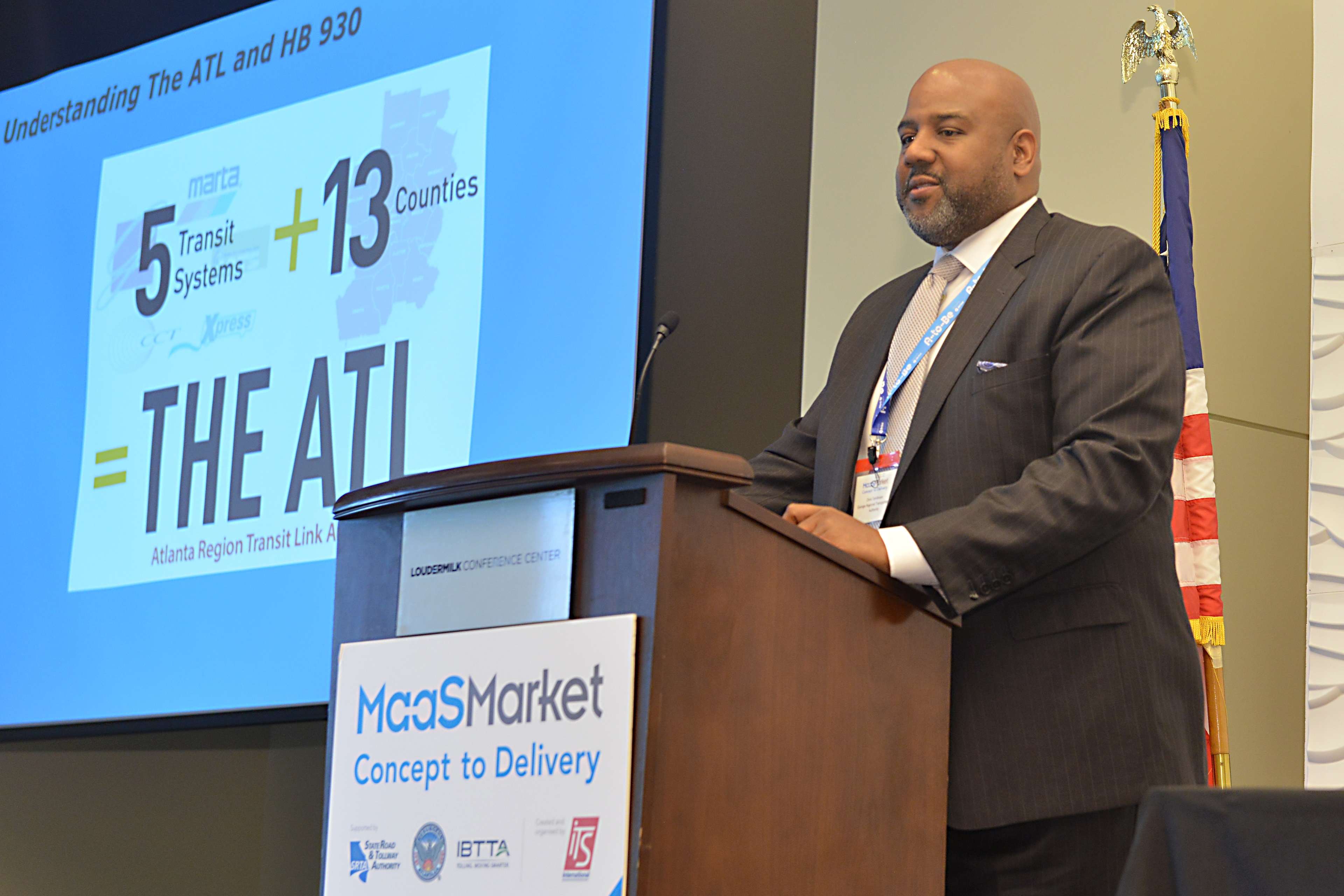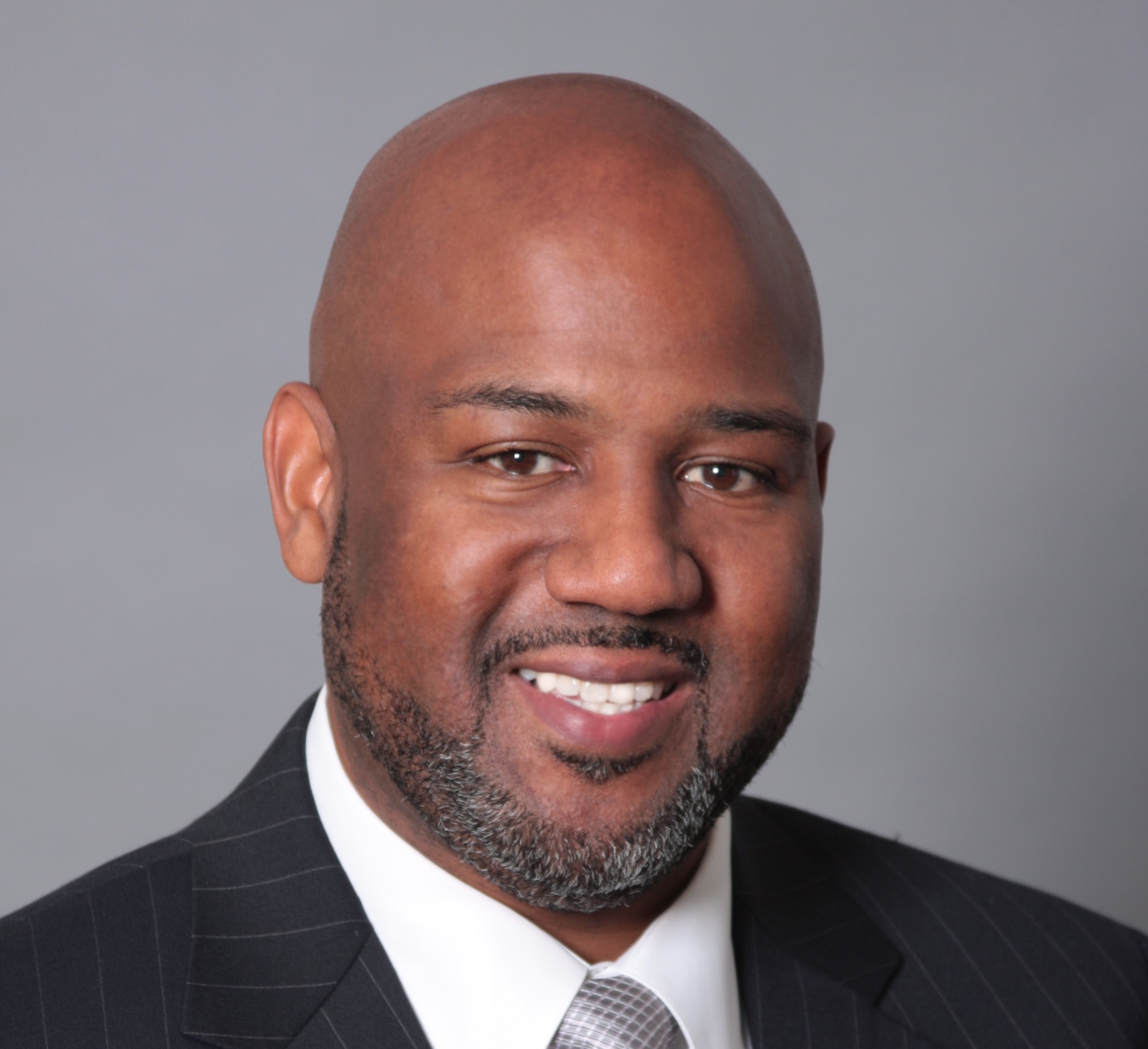
Drivers in Atlanta spent 70 hours in peak-time traffic jams last year. As the MaaS Market conference moves to the US’s fourth most congested city, we ask how Mobility as a Service can help. Colin Sowman winds down his window to listen
It is not by accident that ITS International’s first
According to the latest Inrix Global Traffic Scorecard, in 2017 Atlanta’s drivers spent 70 hours stuck in peak period traffic jams, making it the fourth most congested city in the US (and the tenth most congested in the world). America has almost 300 of the 1,360 most congested cities (in 38 countries worldwide) evaluated by Inrix. People in many cities clearly need new and innovative transport solutions and Georgia is creating a new authority, the Atlanta-Region Transit Link Authority (ATL), with the aim of creating a seamless mobility transit-based network for the metro Atlanta area.
MaaS Market
Mobility as a Service (MaaS) is definitely something the new authority will evaluate, so we asked representatives from both the state and city their views on MaaS and what they hope to get from the MaaS Market conference.
Chris Tomlinson is executive director of Georgia’s
“To me, MaaS seemed to be a natural evolution of trip planning and ride sharing [called ‘taxi hailing’ outside the US] technology. The ability to plan a journey and both order and pay for the services on the chosen itinerary, is the next level of convenience. For me it seems to have the potential to be a real game-changer in getting people to commit to other travel modes and to mix modes,” he says.
“This aligns with the concept of a universal transportation account that has been talked about for some time in the toll industry. Sometimes it is difficult to get people to open a toll account and there has been much debate about ways of increasing the value proposition of having a toll account. The idea of being able to use the toll account to pay for other services – particularly transport services – makes a lot of sense.”
Smart city
Faye DiMassimo is general manager for Renew Atlanta Bond Program and came across the concept of MaaS as part of her work in the smart city technology space. “It was a term that was constantly used and to me it is more than combining trip planning and ride sharing,” she recalls. “The consensus is that we are on the verge of transforming our approach to mobility and the interactions between all sorts of things within that ecosystem. Then MaaS as a concept is a philosophy that ties all those elements together – be that trip planning or ride sharing or whatever it might be.
What benefits to the city would she envisage if MaaS was implemented?
“We see it as a tool and a place for us to most efficiently and effectively link together all these services, plans and projects to best address the mobility needs of all of our citizens across a wide spectrum of requirements,” continues DiMassimo.
Tomlinson sees similar attractions for state authorities – particularly in encouraging the use of transit. “MaaS starts to address the first and last mile connectivity issues,” he says. “In many places around the world you may only have good transit for a proportion of a journey and rideshare can address not only the last mile issue but the first mile too. In doing so it puts the power in the commuter’s hands and if people are to be persuaded to use transit instead of their own cars, then transit providers need to be able to offer a complete and connected journey.”
Level of convenience
Another issue is taking trip planning to the execution stage. “One of the things we have seen from ride sharing is the popularity of a more convenient and customer-friendly way of doing something the taxi industry has been doing for more than 100 years,” Tomlinson goes on. “MaaS uses similar mobile technology to take this level of convenience beyond ride share to using multiple modes.”
How does he envisage the benefits of MaaS at the state level?
“I want to avoid having isolated pockets where MaaS is and is not available in Metro Atlanta,” Tomlinson explains. “Today, we have MARTA and up to 11 other transit operators that are all independent providers. What MaaS can do is help us connect all of these providers to produce more of a seamless transit network. What I envisage is all of MARTA’s bus and train services, all of the state’s express bus routes and all the services offered by our other regional transportation partners, in one app, in one system. This will show users that the most efficient way to do their journey is to mix those modes and may also include ridesharing operating in the area. MaaS seems to offer the quickest path to bring these currently unconnected services together – far faster than trying to bring them together into a single operation.”
Clear understanding
As one of the steering committee members for MaaS Market Atlanta, Tomlinson wanted to ensure delegates that are new to the concept get a clear understanding of the possibilities, to hear first-hand from some early pioneers and to be able to learn from those who have put MaaS into practice. “I want them to come away with a clear idea about the steps they may have to undertake to move towards the implementation of MaaS given the scope of their operations; what they may need from their data in order that it can be shared or fed into these applications and to understand what they need to consider in terms of their contracts and business structures.”
DiMassimo, also a member of the steering committee, says: “I want newcomers to hear a compelling business case from those who have put MaaS into practice. I hope they hear about why MaaS is important.” Given all the work being undertaken in the smart city and technology space and the current investment in infrastructure and mobility, there is a sense that MaaS is in a strong position. “Most of all I want them to come away with a compelling reason to engage in this approach,” she suggests.
The role of public entities in the governance of MaaS is a key discussion point and one to which the outcome will be shaped by local, state and national sentiment and regulations.
Crucial evolution
Tomlinson is still undecided, saying: “Public authorities are a key provider of data and services into this model but how these services should evolve remains a crucial question.” He sees two possible paths – the first of which is public agencies taking on the role of serving as a central point or aggregator because, ultimately, MaaS will provide a benefit to the public. However, at the same time he questions if a public authority can be as innovative as a private sector company whose future depends on continually improving their offering.
For her part, DiMassimo agrees that in practice government employees don’t always innovate at the same rate as those in the private sector but counters: “If you are in the public sector and want to innovate, then you absolutely can. It all comes back to leadership and the appetite for risk and I think we have seen public sector programmes in this region that have stepped up and delivered.” She cites the new ATL as “a great place for innovation” and “the umbrella to bring all the transport operators together”.
The ATL is the perfect place to do that, she thinks. “We have a real opportunity to provide the leadership to ensure that we knit together all the entities through the region in a more comprehensive way. MaaS is one of the technologies that can bring all these entities together.”
Multiple agencies
Tomlinson agrees, saying: “The public authority does not have to be the entity that writes the software code. Having one public authority that can bring together disconnected or hardly connected transit services across multiple agencies and bring them all to the table to collectively work with private organisations would represent a huge move forward.”
So do our experts expect the ATL to become a MaaS provider in its own right, possibly working with a third-party technology provider such as MaaS Global, or do they believe it should simply facilitate the operation of third-party MaaS providers in the region?
Both agree that the ATL will be leading the way as a single point of consolidation for transit across metro Atlanta. Tomlinson explains that this could be through working with a specific, designated third party or alternatively with the entire development community to establish the standards and criteria needed to create a seamless transit-based mobility network throughout the region.
However, DiMassimo emphasises that the adoption of MaaS is not a foregone conclusion. “We don’t want to box [the ATL] in and will look at all of the business opportunities including MaaS deployment and other co-ordination options and figure out which is the best for Atlanta.”
Making a difference
If the delegates come back to Atlanta in two or three years, what difference do DiMassimo and Tomlinson expect they would see in terms of mobility within and around the city?
“I hope they would see a fully integrated transit system, which we don’t have at the moment, operating under a unified brand that is recognised by customers, a sense of continuity and system level performance across the region,” says DiMassimo. “I hope we will have established performance metrics across the use of MaaS and other mobility offerings and become the US standard bearer for how to get various mobility options, both public and private, together in a very effective way,” she concludes.
Tomlinson goes a step further. “I hope you would not be able to tell these are separate transport providers and the service is as seamless as if it was provided by a single operator with complete integration of all publicly-available modes through one common platform,” he suggests. “Will we have solved all the congestion problems – no. But I would hope that by then travellers will be able to identify the fastest, least expensive or most environmentally friendly routes and travel options and will get the reliable travel time predictions they need to make informed decisions.”












